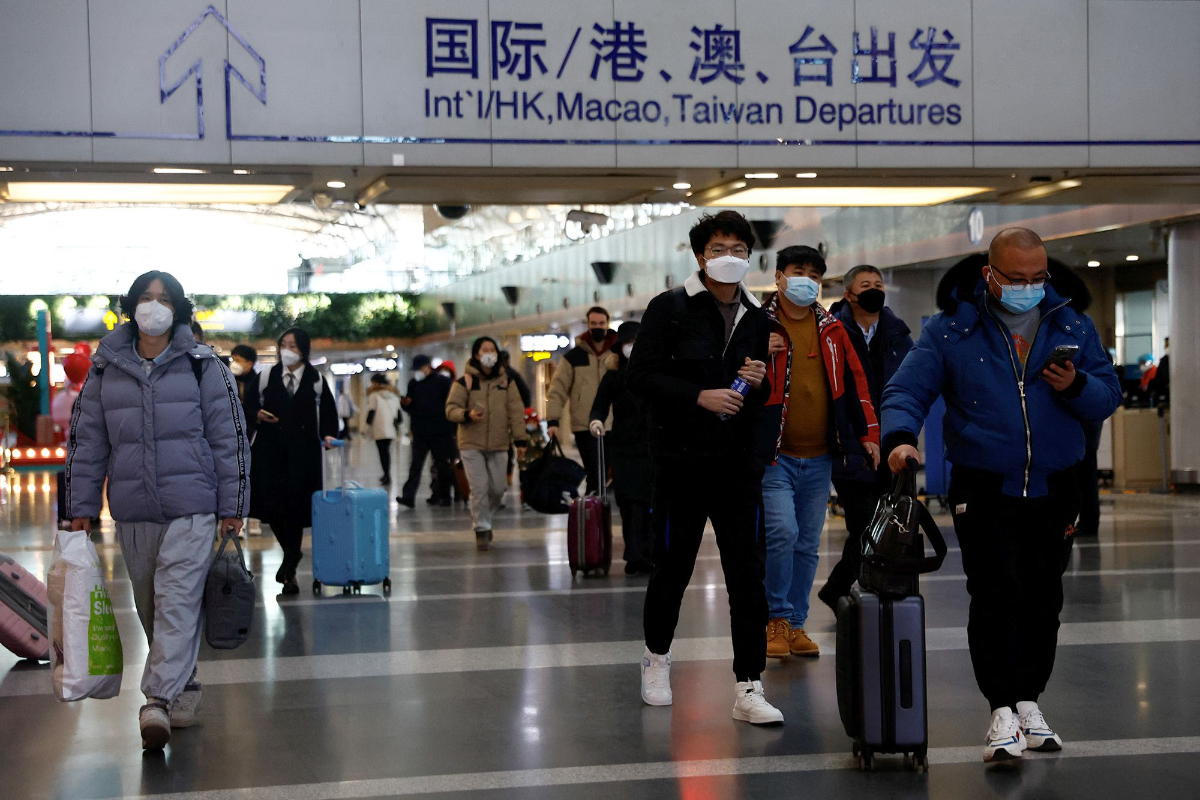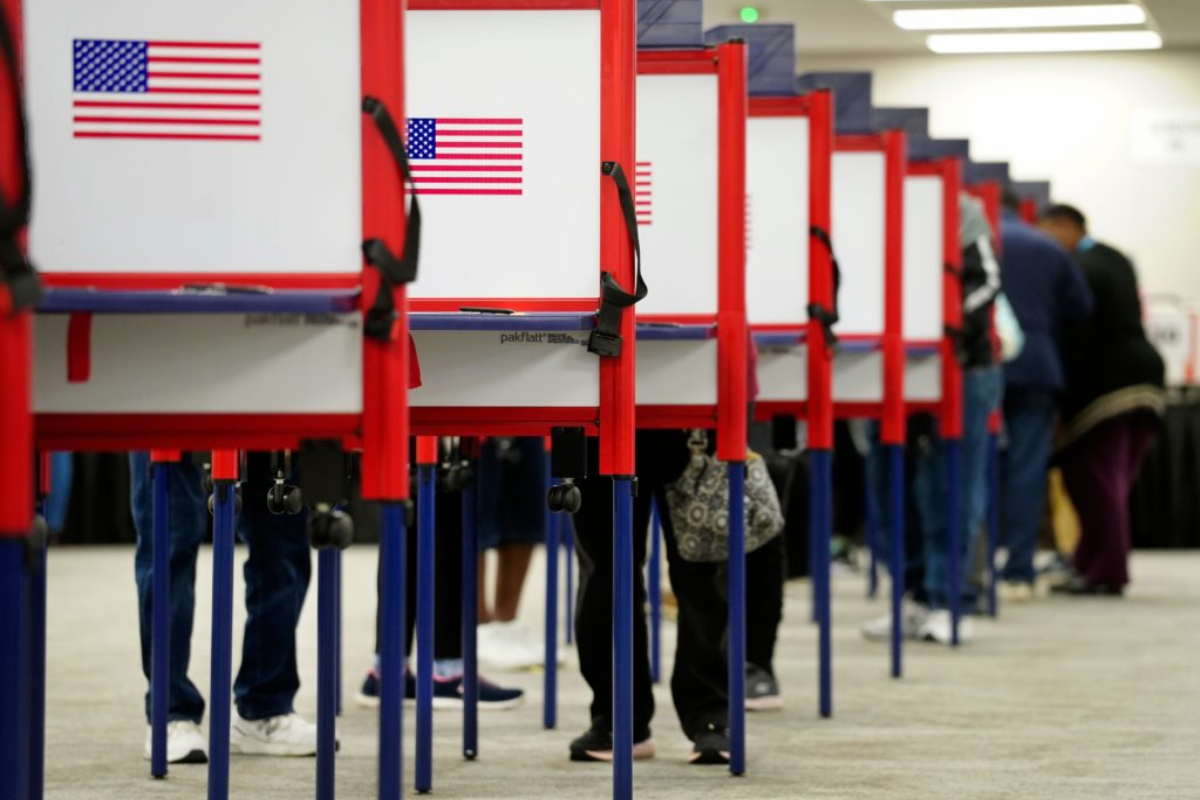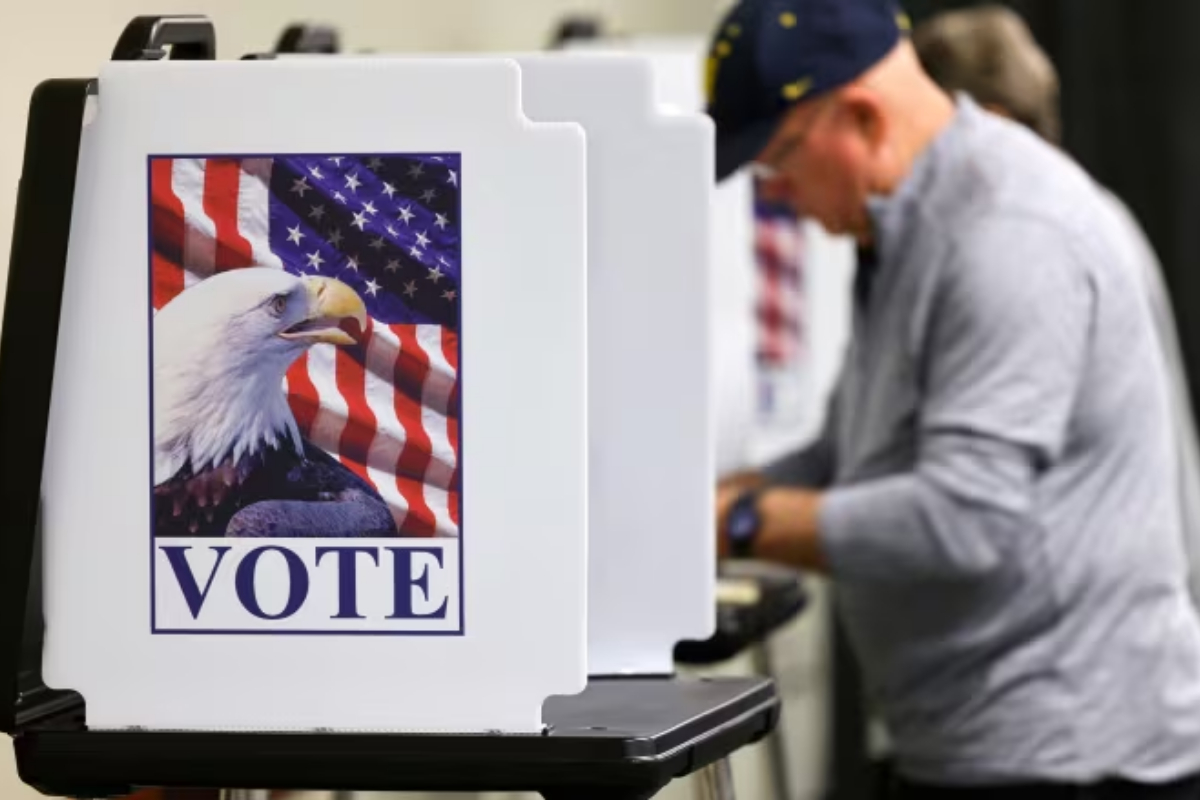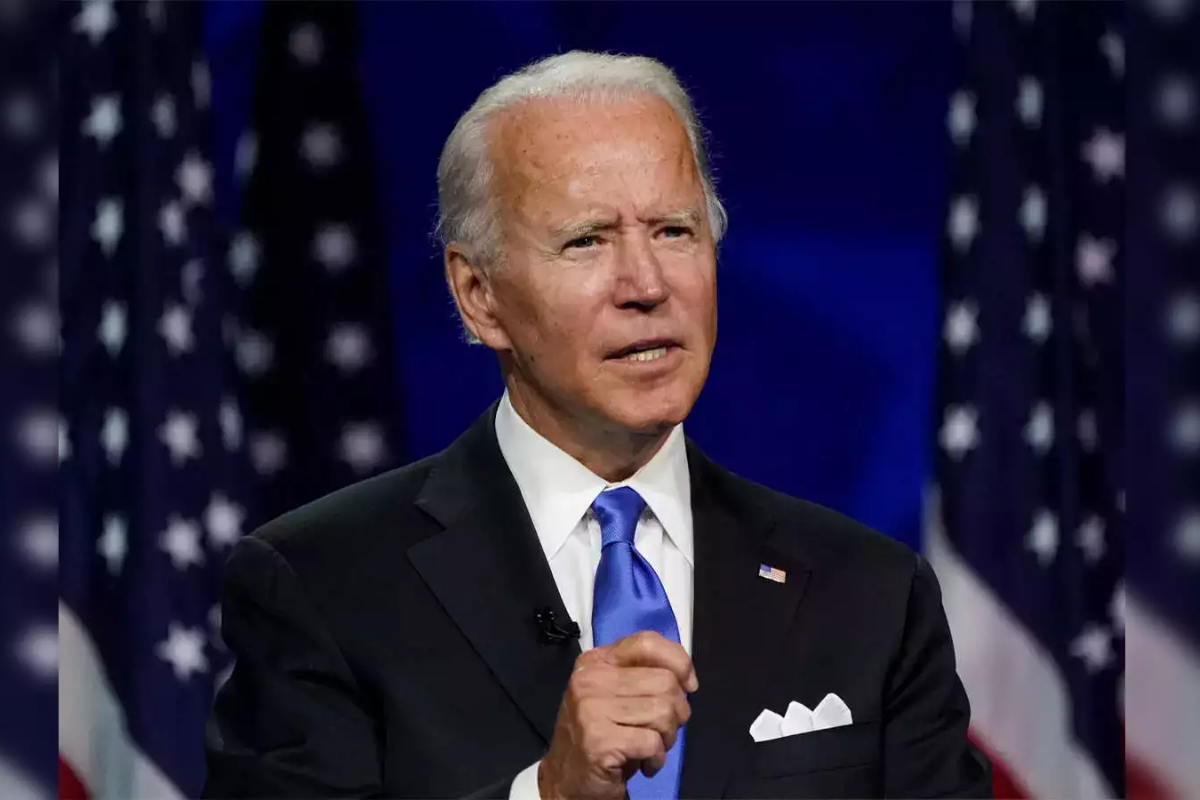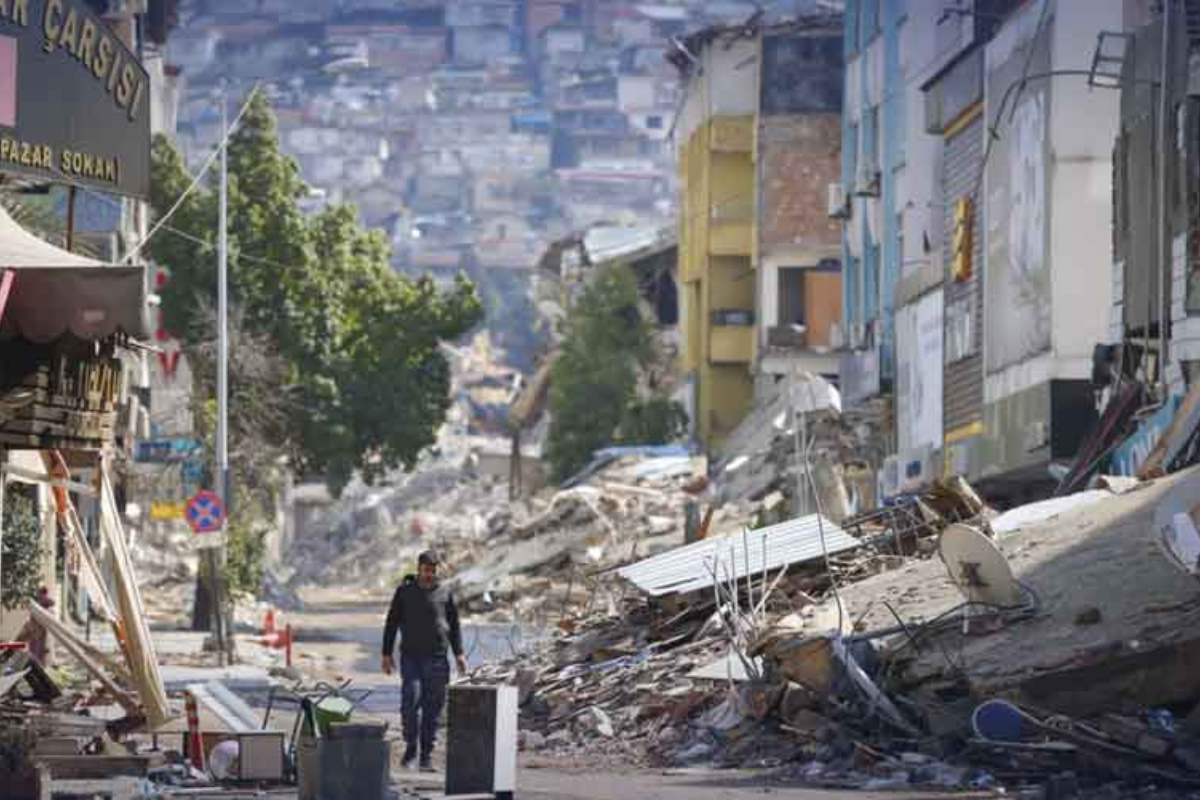- Rural regions would be more affected by this later wave.
- Australia and Canada now require negative test results for all travellers from China, Hong Kong, and Macao.
- Chinese President Xi Jinping struck an upbeat tone in his live New Year’s speech.
Due to an increase in COVID-19 instances, more than a dozen nations and territories have placed restrictions on travellers from China. Australia and Canada now require negative test results for all travellers from mainland China, Hong Kong, and Macao.
On Sunday, the most recent restrictions were made public as COVID-19 inundated hospitals and cemeteries throughout China.
The COVID-19 virus is likely infecting millions of people every day, according to specialists in global health, who believe Beijing’s “zero-COVID” policy of rigorous lockdowns and widespread testing was abandoned last month. Additionally, the National Health Commission has stopped releasing daily data on infections and fatalities.
The trip restriction, which will go into effect on January 5, was justified by Beijing’s “lack of detailed information” about COVID-19 instances, according to Australian Health Minister Mark Butler on Sunday.
According to him, the action will “protect Australia from the risk of potential new developing varieties.”
In addition, the Canadian government’s desire for a negative test was supported by “the scant epidemiological and viral genomic sequence data available” on recent COVID-19 cases in China.
The government stated in a news release that “these anticipated health precautions will apply to flight travellers, regardless of country and immunisation status.” They are interim measures that will be reviewed after 30 days when new information and evidence become available.
The United States, the United Kingdom, France, Italy, Spain, Japan, South Korea, Taiwan, and these countries have recently enforced either a negative result requirement or a test upon arrival for travellers from China. While the Philippines said it will increase surveillance of all respiratory problems in passengers arriving from China, Malaysia said it will check all inbound travellers, including those from China, for fever.
In order to prevent “a new wave of contaminations” and “all its ramifications,” Morocco went one step further and announced on Saturday a ban on all arrivals from China.
In view of the knowledge gap, the World Health Organization has deemed the precautionary steps “understandable” and encouraged Beijing to release more information on genetic sequencing as well as statistics on hospitalisations, fatalities, and immunisations.
However, the International Airports Council’s European chapter, which represents more than 500 airports across 55 European nations, claimed the limits were neither necessary nor risk-based.
The matter will be discussed by European nations at a meeting scheduled for the following week. Sweden, which will soon hold the EU presidency, stated that it was “seeking a uniform approach for the entire EU when it comes to the adoption of probable entry restrictions.”
Taiwanese President Tsai Ing-wen responded to the outbreak on Sunday by stating that she is “willing to provide necessary assistance based on humanitarian concerns,” but she did not elaborate on what kind of assistance might be provided to Beijing, which views the self-governing island as a breakaway province.
Chinese President Xi Jinping struck an upbeat tone in his live New Year’s speech.
A new phase in epidemic prevention and control has begun. The light of hope is directly in front of us, and everyone is working diligently,” Xi said in an address shown on official television on Saturday.
This week, Xi discussed the issue a second time.
He demanded actions to “properly protect people’s lives” on Monday.
The UK-based health data company Airfinity stated on Thursday that according to its models, China experiences 11,000 daily fatalities from COVID-19 and 1.8 million daily infections. In addition to case growth rates from other COVID-zero countries and territories when they loosened limitations, such as Japan and Hong Kong, it claimed that its model was based on data from Chinese provinces before the suspension of the disclosure of official information.
In China, COVID-19 infections are predicted to peak twice in the upcoming months, with the first peak occurring on January 13 with 3.7 million cases each day. The company predicts a high of roughly 25,000 deaths per day on January 23.
On March 3, there will be a second high, with daily instances possibly reaching 4.2 million, according to Airfinity.
Rural regions would be more affected by this later wave, it was added.
[embedpost slug=”after-two-months-china-relaxes-covid-restrictions/”]

